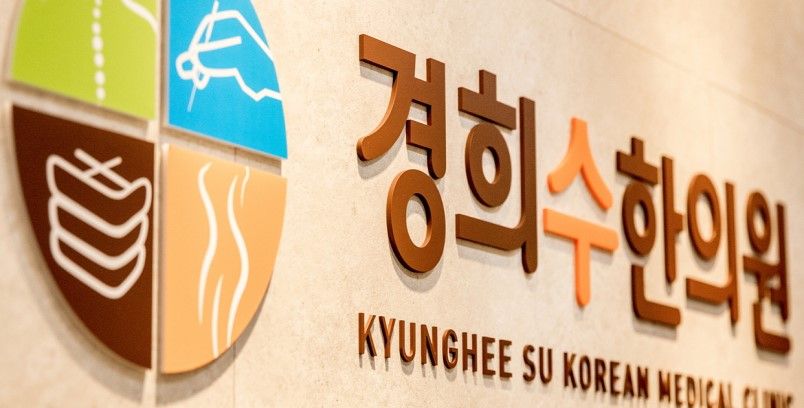Every moment, somebody in The us includes a stroke. With the seven-hundred,000 https://en.search.wordpress.com/?src=organic&q=수원한의원 victims annually, a single-3rd die, and An additional third experience lasting paralysis, lack of speech or memory lapses.
The obvious way to decrease the consequences of a stroke is to learn the warning indications Therefore the stroke target can get rapid procedure. Warning signs consist of sudden weak spot or numbness, specifically on a person side of the human body; dizziness or loss of coordination; sudden headache or nausea; confusion or difficulty speaking; and vision loss.
Have you been at risk to get a stroke? Generating healthful Way of living alterations, 영통한의원 like reducing blood pressure level instead of using tobacco, might help minimize your possibility of stroke. Other hazard components consist of:
* Age. Chances of getting a stroke a lot more than doubles Every single 10 years just after age fifty five.
* Gender. Far more Ladies die of strokes than men.
* Race and heredity. Possibilities of stroke are higher that has a household history of stroke. African-Individuals and Hispanics are at greater risk for stroke than Caucasians.
* Sickle cell anemia. Sickled red blood cells are less ready to hold oxygen to the body’s tissues and organs. Additionally they can keep on with the partitions of your blood vessels, which often can block arteries on the brain, causing a stroke.
On dealing with stroke indications, persons need to quickly request healthcare consideration. Patients attended to inside several hours of the stroke Possess a Substantially larger potential for proficiently being diagnosed and dealt with.
Hospitals and trauma centers are Outfitted with sophisticated health-related imaging machines, like Toshiba’s Aquilion line of computed tomography scanners and the new Vantage magnetic resonance imaging procedure, which could aid to promptly and properly diagnose a stroke and support in the right cure prepare.

Using this type of new products, doctors will be able to Track down and view the blockage within the arteries then determine if the procedure needs to be invasive or noninvasive. Normally, the location of the blockage dictates the course of procedure.